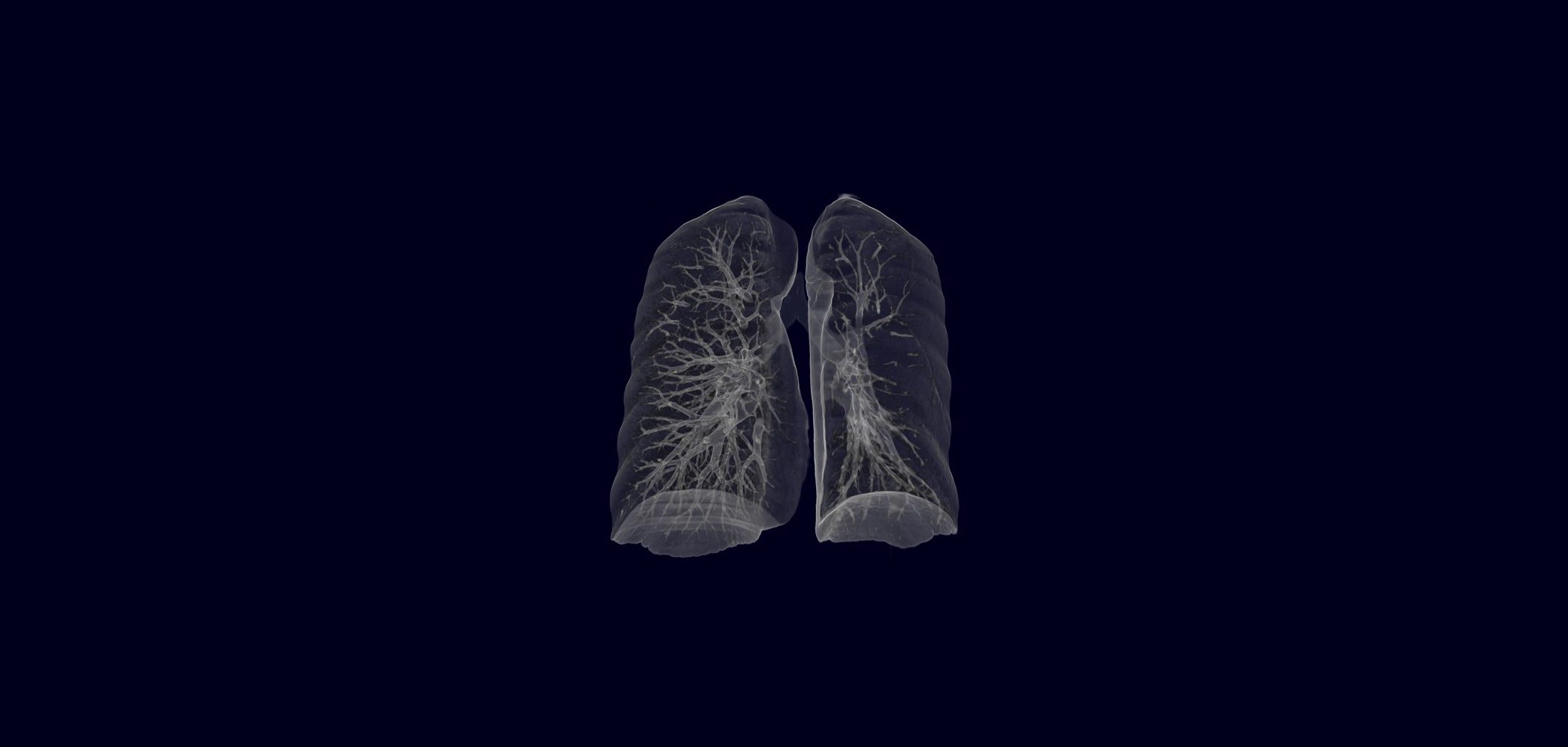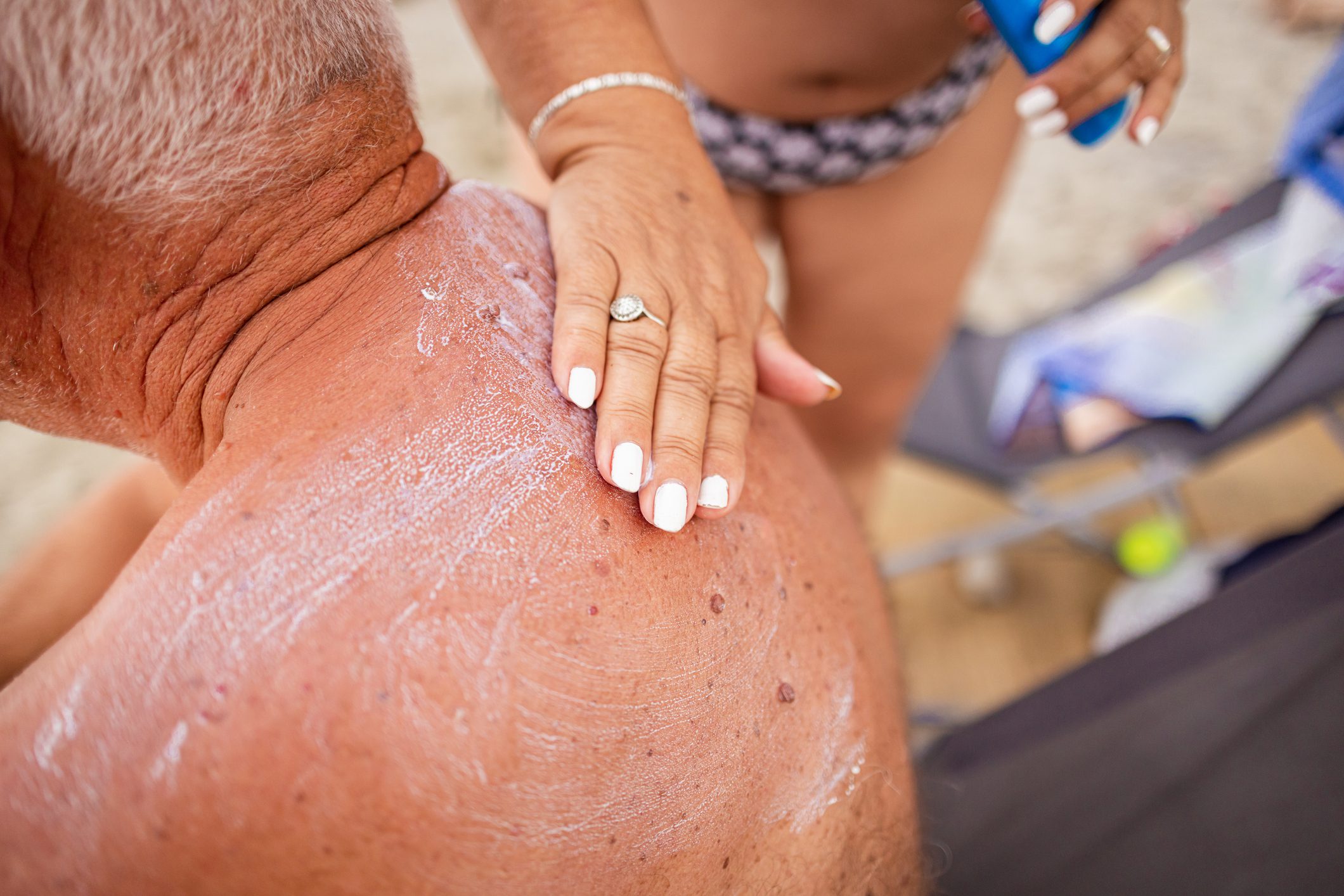Phimosis is a narrowing of the foreskin in the anterior portion. A common characteristic is that the prepuce cannot be retracted or can only be partially retracted. The spectrum of subjective complaints ranges from symptomlessness to balanoposthitides, sexual dysfunction, recurrent urinary tract infections, and urinary retention. It is important to recognize phimosis and to recommend circumcision if indicated, because the disease is very often progressive in adulthood and the complaints increase in the course. In the following article, possibilities of diagnostic detection and therapeutic ways are presented.
By the end of the second year of life, the foreskin is not reducible in 20% of boys. This is not pathological until the third year of life. However, the problem of foreskin tightness occurs not only in children, but also in adolescents and adults of all ages. Thus, foreskin stenosis can be congenital or acquired. If a congenital prolapse remains untreated, it inevitably causes problems until young adulthood at the latest, often in the form of a painful erection.
A wide variety of symptoms can indicate phimosis. A common characteristic is that the foreskin cannot be retracted or can only be partially retracted. In addition to symptomlessness, the following subjective complaints may occur: Balanoposthitides, sexual dysfunction, recurrent urinary tract infections, urinary retention.
Diagnostic approaches
The diagnosis must be made clinically on the basis of the typical morphology. The foreskin cannot be retracted or can only be partially retracted (Fig. 1).

If a tight lacing ring is seen when the patient retracts, this may also indicate phimosis requiring treatment. Here, there is a high variation from very narrow forms to elastic, relative phimosis.
For the diagnosis of foreskin stenosis it is important to take the medical history, e.g. previous diseases like diabetes mellitus are of considerable importance. If preretinal stenosis occurs in adulthood, diabetes mellitus should be ruled out.
Symptoms such as voiding dysfunction may also indicate phimosis, as high-grade strictures, by obscuring the meatus, may be associated with attenuated or twisted urinary stream. In extreme situations, this causes the foreskin to balloon. This in turn can result in recurrent urinary tract infections. Chronic urinary retention and upper urinary tract decompensation to urinary retention have been described in rare cases. Such micturition symptoms require additional sonographic evaluation of the urinary tract.
The anamnesis also includes the clarification of sexual disorders. Men often report pain during erection and sexual intercourse. In some cases, erectile dysfunction can result.
It also makes sense to ask about hygiene, which is often limited. Dead skin, sebum, semen and urine residues collect under the foreskin, which can then smell unpleasant and cause inflammation. This may result in balanoposthitides.
Physical examination occasionally reveals skin disorders such as lichen sclerosus or psoriasis associated with phimosis. But attention must also be paid to injuries to the foreskin during sexual intercourse or masturbation , as these can lead to scarring changes and also to foreskin constriction.
Extensionoplasty as an alternative to circumcision
In the case of foreskin stenosis, no attempt should be made to force the foreskin back, as this can additionally promote stenosis due to inflammation with subsequent scarring.
As a conservative therapy attempt, a local ointment therapy is possible, whereby especially boys before puberty have a good chance to get rid of the annoying tightness at the penis with it. An ointment containing cortisone (e.g. betamethasone 0.1%) is applied twice daily for four weeks. After two weeks, parents begin to carefully push back the foreskin while avoiding tearing. Up to three quarters of patients respond initially to local corticosteroid therapy, but the recurrence rate is considerable and only about 30% of boys can be permanently cured conservatively. The high primary response rate is due in part to the treatment of boys with physiologic foreskin constriction. This form of therapy plays only a minor role in adult phimosis.
In most cases, foreskin stenosis is treated surgically with circumcision. After loosening the prepuce, either a sparing circumcision is performed, in which a part of the foreskin remains intact, or a radical (complete) circumcision of the foreskin is performed, after which the glans is completely exposed. If partial plastic circumcision is performed, phimosis recurrence may result.
If phimosis is not to be eliminated by circumcision, another surgical treatment technique is available: dilatation plastic surgery. In this procedure, the foreskin is incised longitudinally and sutured transversely. However, there is a risk that the scars shrink and the foreskin narrows again. The advantage of plastic reconstruction is the visual preservation of the foreskin.
In dissection ligation, the foreskin is tied off after dorsal incision of the foreskin over a small bell (Plastibell). The procedure is particularly suitable for infants and young children.
Consequences of circumcision
Circumcision takes about half an hour and in most cases can be performed under local anesthesia as an outpatient procedure. The procedure has few complications. The most important complications are post-operative bleeding and wound infections. A minor restriction of glans sensitivity is tolerated without problems. Meatus engorgement and urethral fistula are very rare complications of the surgical procedure. Postoperative supportive measures are penis chamomile baths, which improve the wound healing tendency, as well as ointment dressings with e.g. Bepanthen®. The costs for phimosis are covered by the health insurance. Sexual life is not negatively affected by circumcision.
Untreated phimosis
Without therapy, symptoms will always recur. Some scientists believe that phimosis increases the risk of developing penile cancer. The smegma under the foreskin is said to form carcinogenic substances over time, although the exact relationship is still unclear.
An emergency in this context is the so-called paraphimosis or the “Spanish collar”. In this case, when erect, constriction occurs at the junction of the glans and the shaft, which prevents blood outflow. As a result, the glans swells painfully and stripping back the foreskin is no longer possible. Below the glans forms a thick ring that resembles a collar. The swelling must be removed emergency by manual reduction or dorsal incision. For manual reduction, it is recommended to reduce the swelling by pressure and massage, and then to pull the foreskin back over the glans with the help of a lubricant. Dorsal incision is possible under local anesthesia, using a scalpel to incise the lacing ring until reduction is possible. In any case, circumcision is subsequently indicated.
CONCLUSION FOR PRACTICE
- Many symptoms may indicate phimosis: Balanoposthitides, sexual dysfunction, recurrent urinary tract infections, urinary retention.
- Conservative therapy using cortisone-containing ointments, especially in pre-adolescent boys, has high response rates but also high recurrence rates.
- Circumcision is either sparing (part of the foreskin is retained) or radical (complete circumcision). The procedure is short and has few complications.
- In extensoplasty, the foreskin is incised longitudinally and sutured transversely. The advantage is the optical preservation of the foreskin.
- The procedure of dissection ligation, in which the foreskin is tied off after dorsal incision of the foreskin over a small bell (Plastibell), is particularly suitable for children and infants.
- Untreated phimosis can lead to discomfort or possibly even penile carcinoma.
Christoph Kraft, MD












